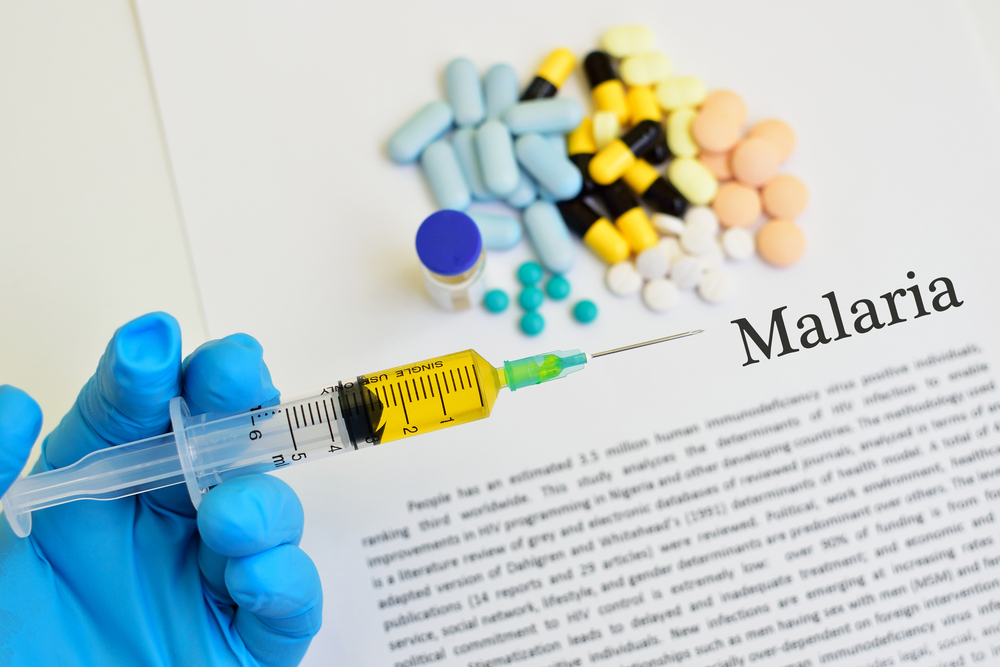
Researchers from an international team have pinpointed a genetic fingerprint of proteins linked to deadly Malaria strains, which they say could herald a game changer for vaccine development.
Scientists were focused on the child aspect in this case, which is to say, the fact that the most common victims of malaria are children under five years old. Why that fact is, and why some are hit harder than others, has frustrated scientists, according to Dr. Michael Duffy, senior author on the study from the University of Melbourne School of BioSciences and Bio21 Institute.
“To better understand this difference, we compared the parasites causing the most severe malaria to parasites that cause uncomplicated or mild disease, which can be resolved by the immune system,” Duffy said.
Duffy and his team focused on Papua, Indonesia for their research, an area where malaria is endemic. They took samples from 44 adults, of which 23 had severe cases of malaria. The scientists then compared 4662 pieces of parasites’ var genes–codes for different versions of a protein that can be used for identification–in the severe cases against those from milder cases.
“This is the first time anyone’s taken the parasite genes that are expressed in the blood of patients and sequenced everything that’s there,” Duffy said. “We then assembled these sequences to work out what’s present and what’s different between severe and uncomplicated cases.”
Through these evaluations, they found only 20 to 30 of the thousands of var genes studied were operating at higher rates in severe malaria cases. While not all of these had been previously investigated, researchers did find links between some of the proteins in Papua and other cases in India and Africa. The result is the potential for new vaccine targets, though these same researchers first desire to test children in malaria-endemic regions of Africa.
This study was published in PLOS Biology.




